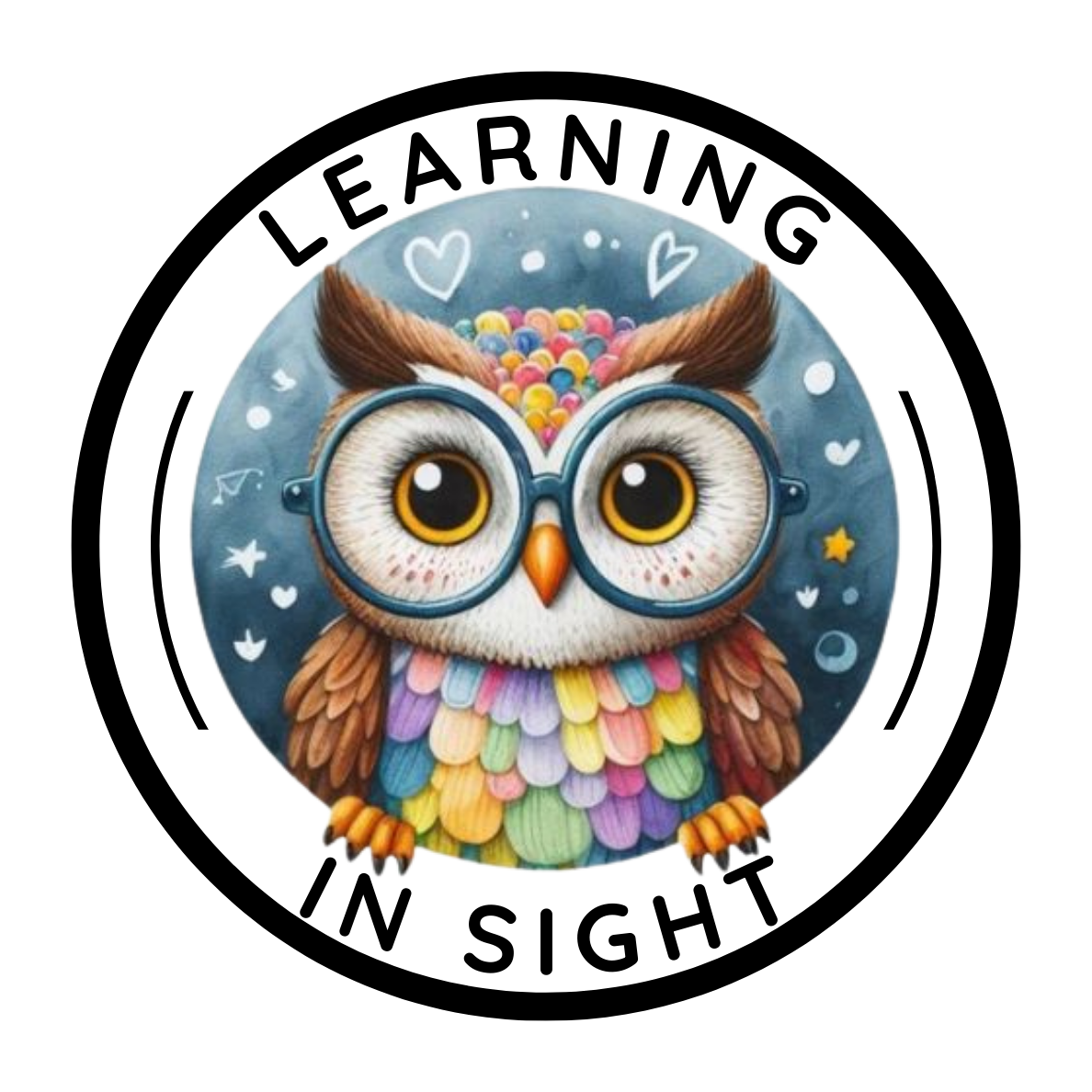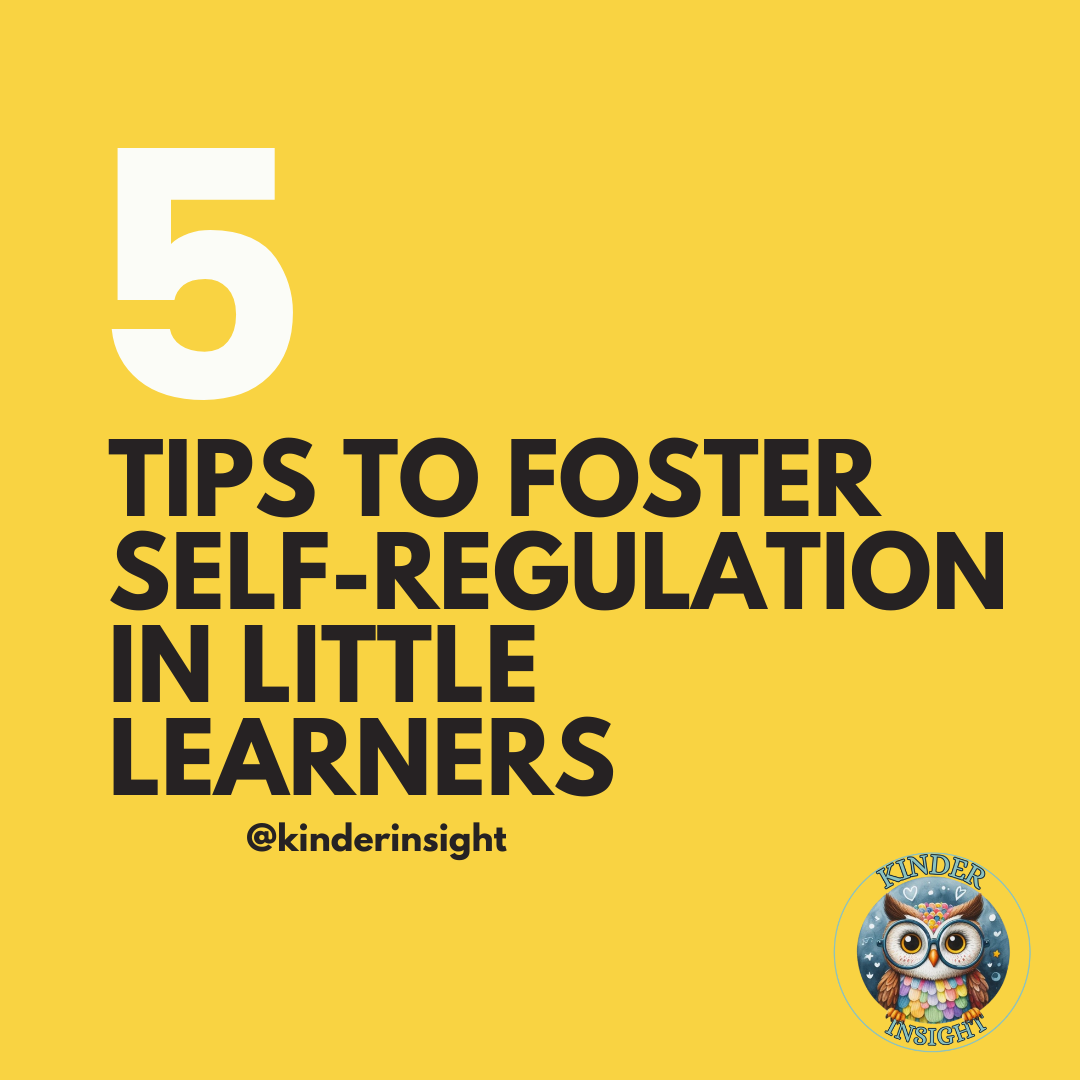Teaching self-regulation is not just about managing behavior; it's about empowering our students to navigate their emotions, make positive choices, and thrive academically and socially. Let's explore five tips to create a classroom environment where self-regulation flourishes.
Establish Clear Expectations:
Setting clear expectations lays the foundation for self-regulation. Create simple, age-appropriate rules and routines that outline expected behaviors in various classroom situations. Consistency is key – reinforce these expectations regularly and provide positive feedback when students demonstrate self-regulation.
Teach Mindfulness Techniques:
Introduce mindfulness practices to help students develop self-awareness and self-control. Start with short, age-appropriate activities such as deep breathing exercises, mindful listening, or body scans. Encourage students to use these techniques to calm down, focus, or regulate their emotions.
Encourage Positive Self-Talk:
Teach students to recognize and challenge negative thoughts by promoting positive self-talk. Encourage them to replace self-critical thoughts with affirmations and reminders of their strengths and abilities. By cultivating a positive inner dialogue, students develop resilience and confidence in their ability to overcome challenges.
Provide Opportunities for Choice:
Empower students by giving them opportunities to make choices and take ownership of their learning. Whether it's choosing their seat, selecting a learning activity, or deciding how to approach a task, providing autonomy fosters a sense of control and responsibility. Encourage students to reflect on the consequences of their choices and make adjustments as needed.
Foster a Supportive Classroom Culture:
Create a classroom environment where students feel safe, valued, and supported. Build positive relationships with your students, and encourage empathy, kindness, and respect among peers. Celebrate individual differences and teach students to appreciate and learn from diverse perspectives. By fostering a sense of belonging and community, students are more likely to feel confident and empowered to regulate their emotions and behaviors.
As educators, we have the power to shape the future by equipping our students with essential life skills such as self-regulation. By implementing these five tips in your classroom, you'll create a supportive environment where self-regulation flourishes, and students thrive. Let's continue to inspire and empower our students as they embark on their journey of self-discovery and growth.
Warm regards,



